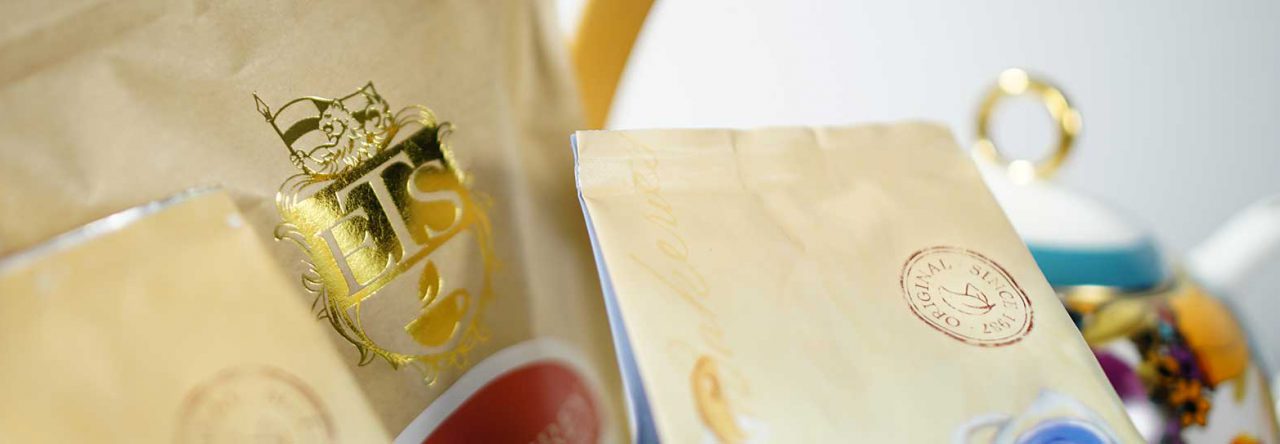
Though it’s mainly a term used in days of yore, there are actually a few scattered merchants these days who offer something known as Bohea tea. Over the years there has been some mild confusion regarding its point of origin, but Bohea was (and is) most commonly used to describe a type of tea from China’s Wu-Yi Mountains, which the Chinese apparently pronounced more along the lines of bu-yi or bu-i. In 1852 tea pioneer Robert Fortune published his account of traveling to various tea regions of China, including one that was referred to as the Bohea Hills.
If you peruse other old texts about tea, it’s rarely very long before you find a reference to this type of tea. One of the earliest references to Bohea came in a 1675 English dictionary in which it was (erroneously) said to be an “Indian Word” for “a Kind of Tea.” Another early reference came in The Fair Example, or, The Modish Citizens, a 1706 comic play in which one of the characters expresses their hope to be entertained after dinner, “with a Dish of Bohea by my Lady Mayoress.”
The term Bohea most often referred to a tea that was of lesser quality, but as the years passed it also came to mean a processed type of tea such as oolong and, more specifically, black tea. In the early days of tea drinking and culture in Europe there was some confusion about the botanical origins of different types of tea, and even such luminaries as Carl Linnaeus were not completely clear on the distinction between green tea and black tea. The pioneering taxonomist assigned each a different species, Thea vidiris being the name he gave to green tea and Thea bohea to black tea.
For those of us here in the United States probably the best known “use” for Bohea was to express dissatisfaction with our former colonial overlords. That occurred at the Boston Tea Party of course. Accounts vary on the exact amount of Bohea tea dumped into Boston Harbor, but according to the Boston Tea Party Ships & Museum it was 240 chests, with about 100 more chests consisting of other such arcane tea types as Singlo, Congou, Hyson, and Souchong.
© Online Stores, Inc., and The English Tea Store Blog, 2009-2014. Unauthorized use and/or duplication of this material without express and written permission from this article’s author and/or the blog’s owner is strictly prohibited. Excerpts and links may be used, provided that full and clear credit is given to Online Stores, Inc., and The English Tea Store Blog with appropriate and specific direction to the original content.



Leave a comment